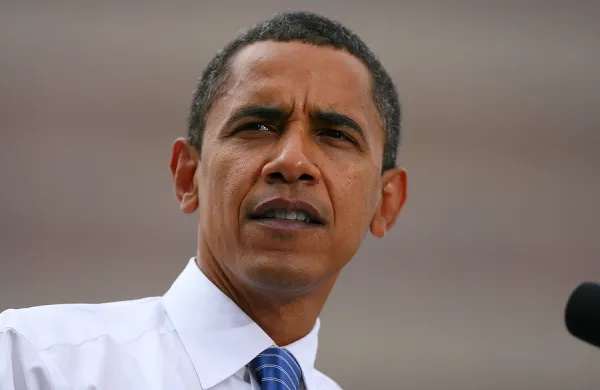In January 2014 President Barack Obama in his State of the Union address introduced the myRA retirement savings vehicle, giving Americans without 401(k) plans or other retirement savings options a way to put away money. At this year’s address, the president again spoke of the issue, specifically referring to the automatic individual retirement account (IRA) for employees of small businesses with ten or fewer workers. But whereas the federal government is talking, states are taking action on their own plans. According to Mark Iwry, deputy assistant secretary for retirement and health policy at Treasury Department, a select group of employers will test myRA before its scheduled rollout later this year.
Early this year Illinois passed the Secure Choice Savings Program. The plan, which looks as if it could be the first to be implemented in the U.S., will require certain employers to provide payroll deductibility for savings in Roth IRAs. “Illinois is the first and boldest among 37 states that have something in the works,” notes Teresa Ghilarducci, a labor economist at the New School for Social Research in New York. “But Illinois has passed the most simple, least regulated and therefore least helpful plan. Other states are looking at ways to create exchanges or a public option that creates a low-cost option. This is certainly a state-by-state movement for add-on plans,” she says.
“States are the laboratories of democracy, and there is a hesitancy with complex subjects to do something. Once one state is bold, that provides political cover for other states to look more carefully at the same issue,” says Andrew Remo, the congressional affairs manager at the American Society of Pension Professionals & Actuaries in Arlington, Virginia.
California, for example, passed a bill in September 2012 to create a Secure Choice retirement program that would pool payroll contributions into a trust, which a board would administer. The board would select a manager to “invest the funds to provide a stable and low-risk rate of return,” according to documents. But, says Remo, the bill was “gutted.” In fact, the bill was enacted but can’t be approved for implementation by the legislature until further market analyses are conducted that have to be paid for by the private sector. Instead, it’s become a kind of model for other states to study.
Some of the states looking at these types of plans include Connecticut, Vermont and Minnesota, which have passed legislation that creates frameworks for a plan. Maryland and Oregon have started task forces, and 15 others are considering their options as well.
“Credit for the first state-based public-private partnerships belongs to Massachusetts,” says Hank Kim, executive director and counsel for the Washington-based National Conference on Public Employee Retirement Systems. “In March of 2012 it passed legislation to allow the state treasurer to have retirement plans for small nonprofit employers in the state.” The expectation, notes Kim, is that enrollment will begin this year and has been delayed only by the wait for Internal Revenue Service approvals needed to implement the plan. Illinois, on the other hand, is not expected to start enrollment until 2017, although it may cover more businesses than does Massachusetts.
“I think the trend is that over the next year or two or three, you will see more states taking a very serious look at this type of state-based public-private partnership to bring retirement security to the private sector,” says Kim.
Ghilarducci notes that the pension plans and the way in which they are implemented may play out much like the Patient Protection and Affordable Care Act. “As we saw with health care, where we looked at Romneycare in Massachusetts or single-payer proposals in Vermont or a long-standing mandate for coverage in Hawaii, [in these retirement plans] we’ll see the same kinds of experiments in the states bubbling up into a national plan,” she says. Ghilarducci adds that the spectrum of plans may offer everything from exchanges on one end to single-payer options on the other, also like health care.
“The Illinois plan is a wet kiss to the individual retirement account world, because they get new assets with no new obligations to be fiduciaries,” says Ghilarducci. Potentially, she adds, regulations could change as plans mature and boost the obligations and amount of work required by investment managers. Still, the fact that Illinois is moving first, and attacking the lack of pension coverage, might help states move faster on the issue, says Ghilarducci.
Illinois has not adopted the pooled investment management model, which states like California are looking at. Ghilarducci, however, favors pooling over individual accounts. “It would really mean that a dollar saved for retirement would go a lot further if they were in pooled institutional accounts, rather than individual self-directed retail accounts,” she says.
Kim says the interest of investment managers may come in waves. Large institutional investment managers may be part of the first wave of investment and pooled options, given their size and scale. As assets grow and concepts become proven, smaller 401(k) providers will look to get into the mix as well, he notes.
Get more on pensions .






